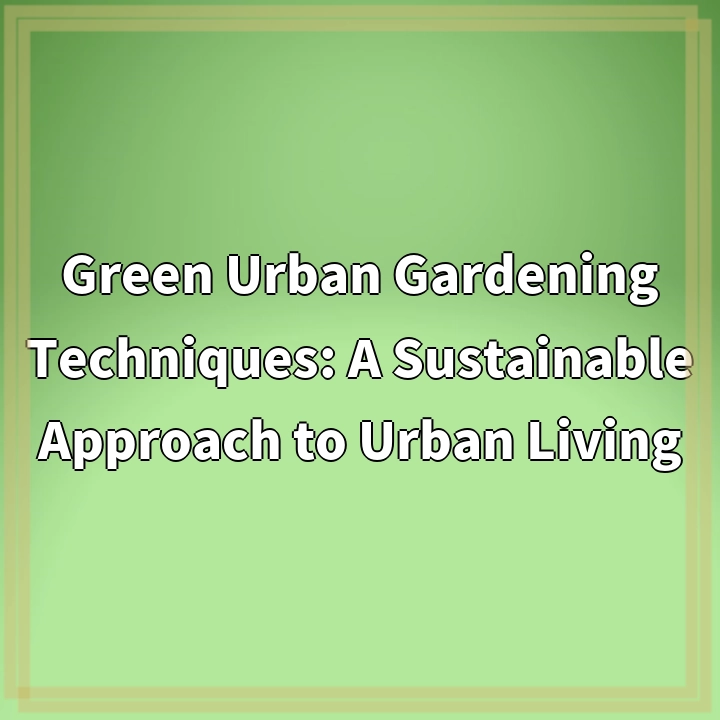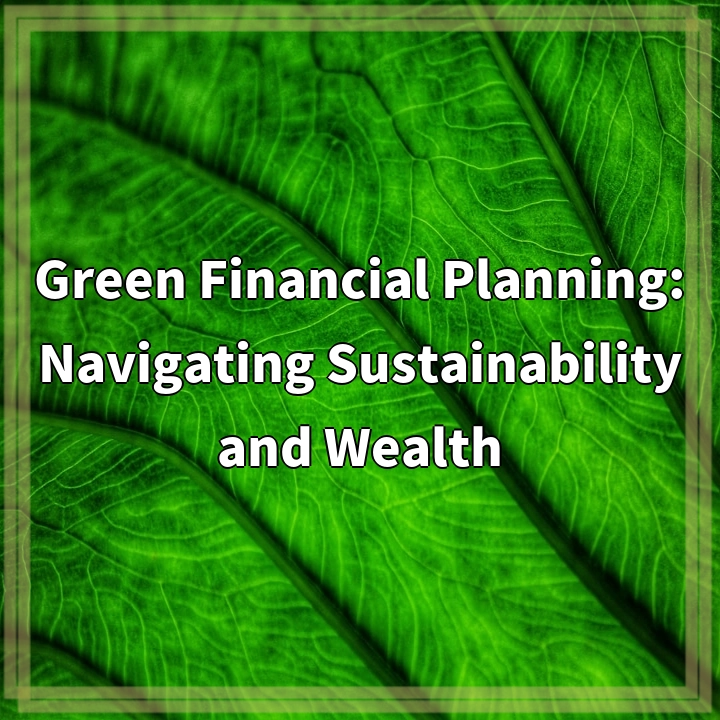
What is Green Urban Gardening Techniques?
Green urban gardening techniques are sustainable practices implemented in urban environments to cultivate plants and promote a greener and healthier urban lifestyle. It involves utilizing both outdoor and indoor spaces to grow plants, often in limited spaces such as balconies, rooftops, and windowsills. This approach allows urban dwellers to reconnect with nature and engage in gardening activities despite the constraints of city living.
Real-World Problems Associated with Green Urban Gardening Techniques
While green urban gardening techniques offer numerous benefits, there are also challenges to consider.
1. Space Limitations:
One of the primary challenges is the limited space available for gardening in urban areas. Many city dwellers live in apartments or houses with small yards, making it difficult to have expansive gardens. This requires innovative approaches to optimize available space, such as vertical gardening techniques or utilizing community gardens and shared spaces.
2. Soil Quality and Contamination:
Urban soils are often degraded and polluted due to past industrial activities, construction, and other urban pollutants. This can pose challenges for successful plant growth, as contaminated soil can negatively affect plant health and yield. Urban gardeners need to take measures to ensure soil remediation and improve soil quality for healthy plant growth. This may include adding organic matter, using raised beds with healthy soil, or opting for soilless gardening techniques such as hydroponics or aquaponics.
3. Limited Access to Natural Light:
Tall buildings, dense urban infrastructure, and shaded areas can limit access to natural sunlight, which is crucial for plants’ photosynthesis. Urban gardeners must strategically place their gardens in areas that receive adequate sunlight or seek alternatives such as installing artificial grow lights or utilizing indoor gardening techniques with low-light tolerant plants.
4. Water Management:
Water scarcity and efficient water management are significant concerns in urban environments. Urban gardeners need to be mindful of water usage and explore methods such as rainwater harvesting, drip irrigation systems, and use of drought-tolerant plants to reduce water consumption and promote sustainable gardening practices.
5. Community Engagement and Education:
Engaging the urban community in green gardening practices and providing education on sustainable gardening techniques can be a challenge. Many individuals in cities may not have prior knowledge or experience in gardening and may be unaware of the benefits of green gardening. Efforts are needed to create awareness, organize community gardening initiatives, and provide resources and workshops to encourage active participation and long-term sustainability.

Solutions for Green Urban Gardening Challenges
Addressing the real-world problems associated with green urban gardening techniques requires innovative and practical solutions.
1. Space Optimization:
Maximize limited space by utilizing vertical gardening techniques, such as trellises, hanging planters, or vertical plant walls. Engage in community gardening initiatives or seek out shared spaces like rooftop gardens or urban farms to expand gardening possibilities.
2. Soil Remediation:
Implement soil remediation techniques to improve soil health and mitigate contamination. This may involve adding organic matter, using raised beds with healthy soil, or considering soilless gardening methods like hydroponics or aquaponics. Regular soil testing can also help monitor and address contamination concerns.
3. Alternative Lighting Options:
For areas with limited access to natural light, explore alternative lighting options such as artificial grow lights. These lights can supplement the necessary light spectrum and intensity required for plant growth. Additionally, low-light tolerant plant species can be chosen for indoor and shaded areas.
4. Water-Saving Techniques:
Implement water-saving practices, such as using drip irrigation systems and collecting rainwater for irrigation. Choose drought-tolerant plants that require less water and adopt water-wise gardening methods like mulching to conserve moisture in the soil.
5. Community Engagement and Education:
Promote awareness and education about the benefits of green urban gardening techniques. Organize community gardening events, workshops, and educational programs to encourage participation and provide resources. Collaboration with local organizations and schools can further foster community engagement and knowledge-sharing.















